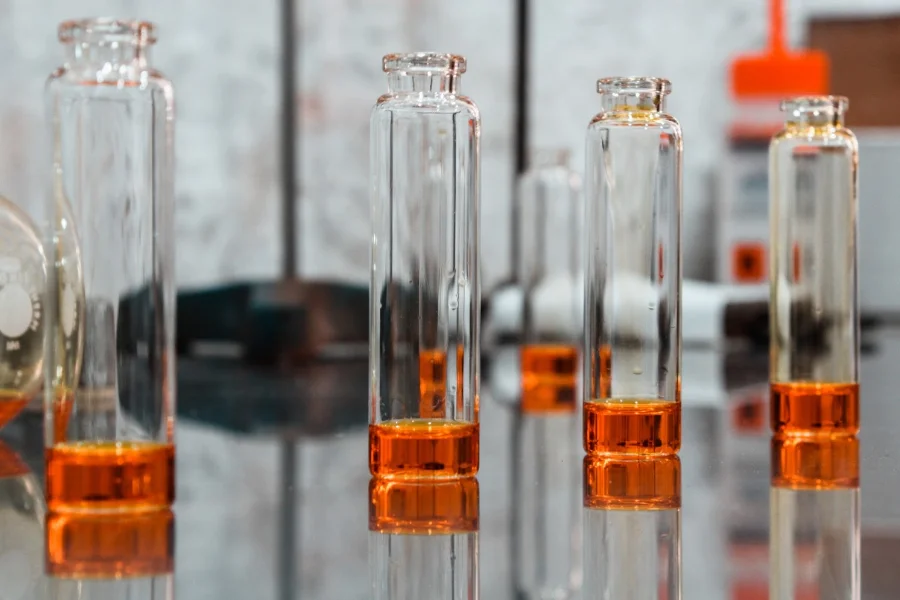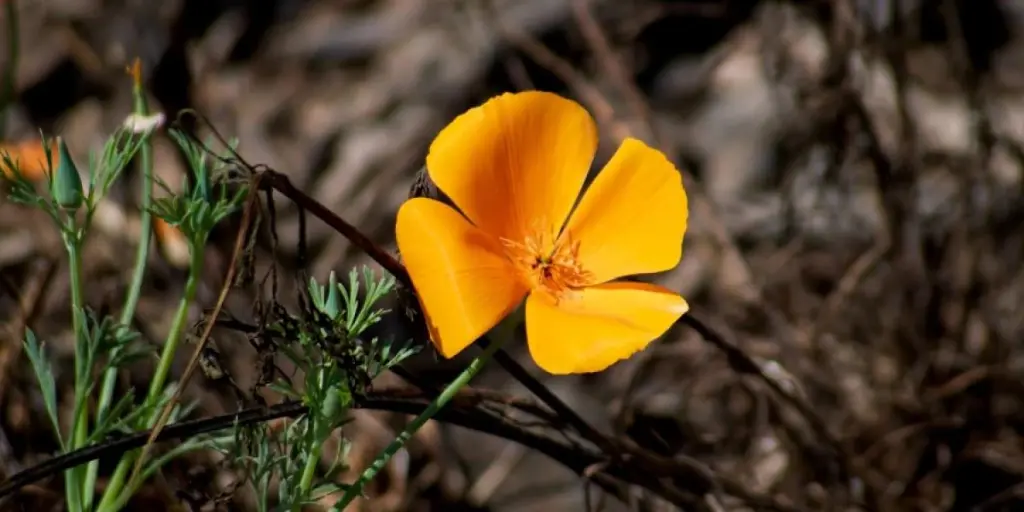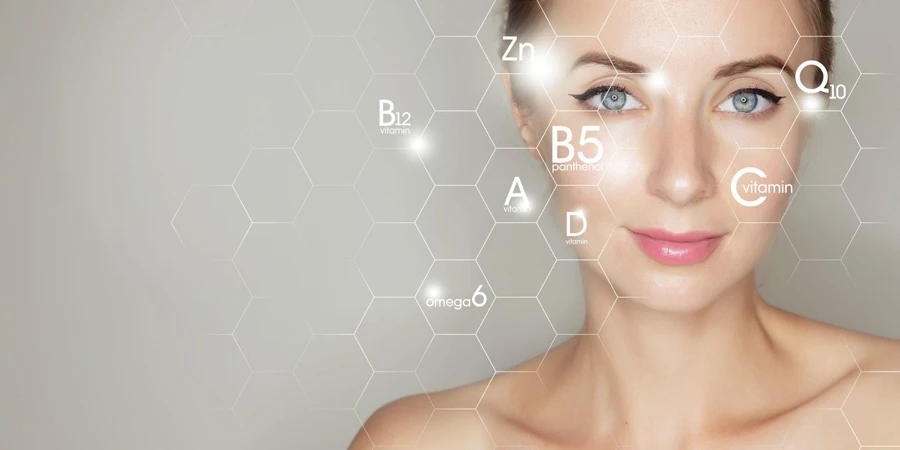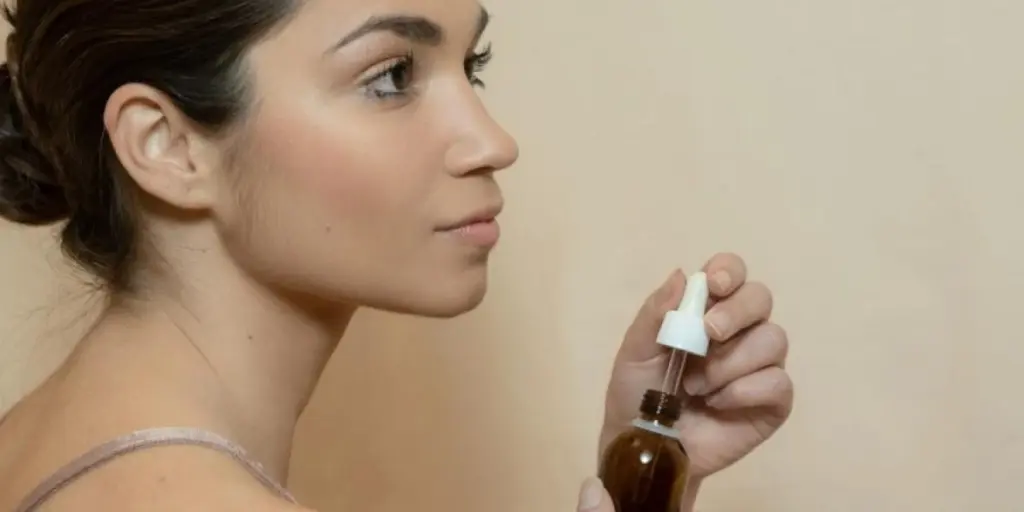Scent has captivated people for centuries. Consumers appreciate that fragrance has the ability to evoke emotions, memories, and even shape identities. To stay relevant in this ever-changing industry, brands can stay ahead of fragrance trends for 2026 by paying close attention to their target audience’s needs and interests.
This blog is a time machine to the future of fragrance. It sheds light on the growth of niche fragrances, changes in practice and ingredients and the integration of AI and machine learning in fragrance development.
So continue reading to delve into the scent of the future and discover the predicted fine fragrance landscape of 2026.
Table of Contents
Understanding the fragrance market
Fragrance forecast: 3 fine fragrance trends to watch
Tips to stay ahead of the fragrance curve
Conclusion
Understanding the fragrance market

The global fragrance market is expected to grow at a compound annual growth rate (CAGR) of over 4.7% by 2029. The industry has been growing steadily and encompasses a wide range of products – such as perfumes, colognes, body sprays, and scented cosmetics.
In particular, the fine fragrance market holds a significant share in the industry, catering to those seeking luxury and exclusivity in their olfactory experiences.
According to Fortune Business Insight, the key factors contributing to this growth include the rising consumer demand for natural and organic fragrances, the increasing popularity of personalized and niche fragrances, and the growing awareness and preference for sustainable and eco-friendly ingredients.
Advancements in technology, such as the integration of artificial intelligence and machine learning in fragrance development, are also revolutionizing the industry. As the industry embraces these trends, business buyers can expect a dynamic and innovative fragrance landscape that caters to their evolving preferences and values.
Fragrance forecast: 3 fine fragrance trends to watch
To thrive in 2026, fragrance brands must appeal to consumers’ adventurous side. Consumers want to experience the nostalgia of tradition, but also want to be presented with new, fresh, and clean scents.
Below are 3 industry trends that should shape the way fragrance brands develop scents for consumers of the future.
1. Growth of niche fragrances

Niche fragrances have been gaining immense popularity in recent years – and this trend is expected to continue its upward trajectory in 2026. These fragrances are crafted with meticulous attention to detail, often by independent perfumers or niche fragrance houses.
Niche fragrances appeal to a discerning clientele who are looking for unique, personalized scents that stray from mainstream offerings.
The end customers targeted by niche fragrances are individuals who crave individuality and wish to express their unique personality through their choice of fragrance for home and body. They appreciate the artistry and craftsmanship behind these scents and are drawn to the exclusivity and limited availability of niche fragrances.
2. Sustainability and clean ingredients
Sustainability and clean ingredients have become pivotal consumer considerations – even in the fragrance industry. So environmental consciousness and a desire for transparency will continue to be a crucial part of brand building in 2026.
Consumers are looking for fragrances that align with their values. They are gravitating towards brands that prioritize eco-friendly practices, ethical sourcing, and cruelty-free formulations. The end customers targeted by sustainable and clean fragrances are those who prioritize their health, the well-being of the planet, and ethical production practices.
They appreciate the use of non-toxic, natural ingredients and are willing to invest in fragrances that reflect their commitment to sustainability.
3. AI and machine learning in fragrance development

Advancements in technology are permeating every industry – even the fragrance world. The integration of artificial intelligence (AI) and machine learning in fragrance development is revolutionizing the way scents are created.
These cutting-edge tools analyze vast amounts of data, including customer preferences, cultural influences, and market trends, to generate unique scent profiles that cater to specific demographics.
The end customers targeted by fragrances developed through AI and machine learning are tech-savvy individuals who embrace innovation and crave personalized experiences. They appreciate the novelty of fragrances crafted with the aid of advanced technology and are intrigued by the idea of scents tailored to their individual tastes.
Fragrance brands would do well to include their use of technology in their marketing strategies. Consumers would appreciate the attention to detail. To these consumers, personalization is crucial – whether the scent is a perfume, essential oil, or scented candle.
Tips to stay ahead of the fragrance curve
The fine fragrance trends of 2026 promise an exciting and transformative journey for both consumers and businesses in the fragrance industry. As niche fragrances gain momentum, individuals looking for exclusivity and individuality will find solace in these unique creations.
Sustainability and clean ingredients will continue to be paramount – attracting environmentally conscious consumers who yearn for fragrances that align with their values. Additionally, the integration of AI and machine learning in fragrance development will introduce a new realm of possibilities – offering personalized scents that cater to the preferences of tech-savvy individuals.
To stay ahead of the fragrance curve, brands can take several steps. Firstly, they can consider expanding their product offerings to include niche fragrances, catering to the growing demand for unique and exclusive scents. Collaborating with independent perfumers or niche fragrance houses can provide access to a diverse range of artisanal fragrances that resonate with discerning customers.
Secondly, businesses should prioritize sustainability and clean ingredients in their fragrance formulations. This can involve sourcing natural, responsibly harvested ingredients, adopting eco-friendly packaging practices, and communicating transparently with consumers about their sustainable initiatives. By aligning with the values of environmentally conscious consumers, businesses can build trust and loyalty.
Lastly, embracing technology and exploring the possibilities offered by AI and machine learning can give businesses a competitive edge. Investing in data analysis and utilizing technology-driven tools can help them understand consumer preferences better and develop fragrances that cater to specific target markets. This personalized approach can enhance customer satisfaction and increase brand loyalty.
Conclusion

The future of fine fragrance in 2026 holds immense promise and potential. By embracing niche fragrances, sustainability and clean ingredients, as well as AI and machine learning, businesses can position themselves at the forefront of the evolving fragrance landscape.
By aligning their offerings with these trends they can attract and captivate a diverse range of customers, ensuring their success in the scented world of tomorrow.








